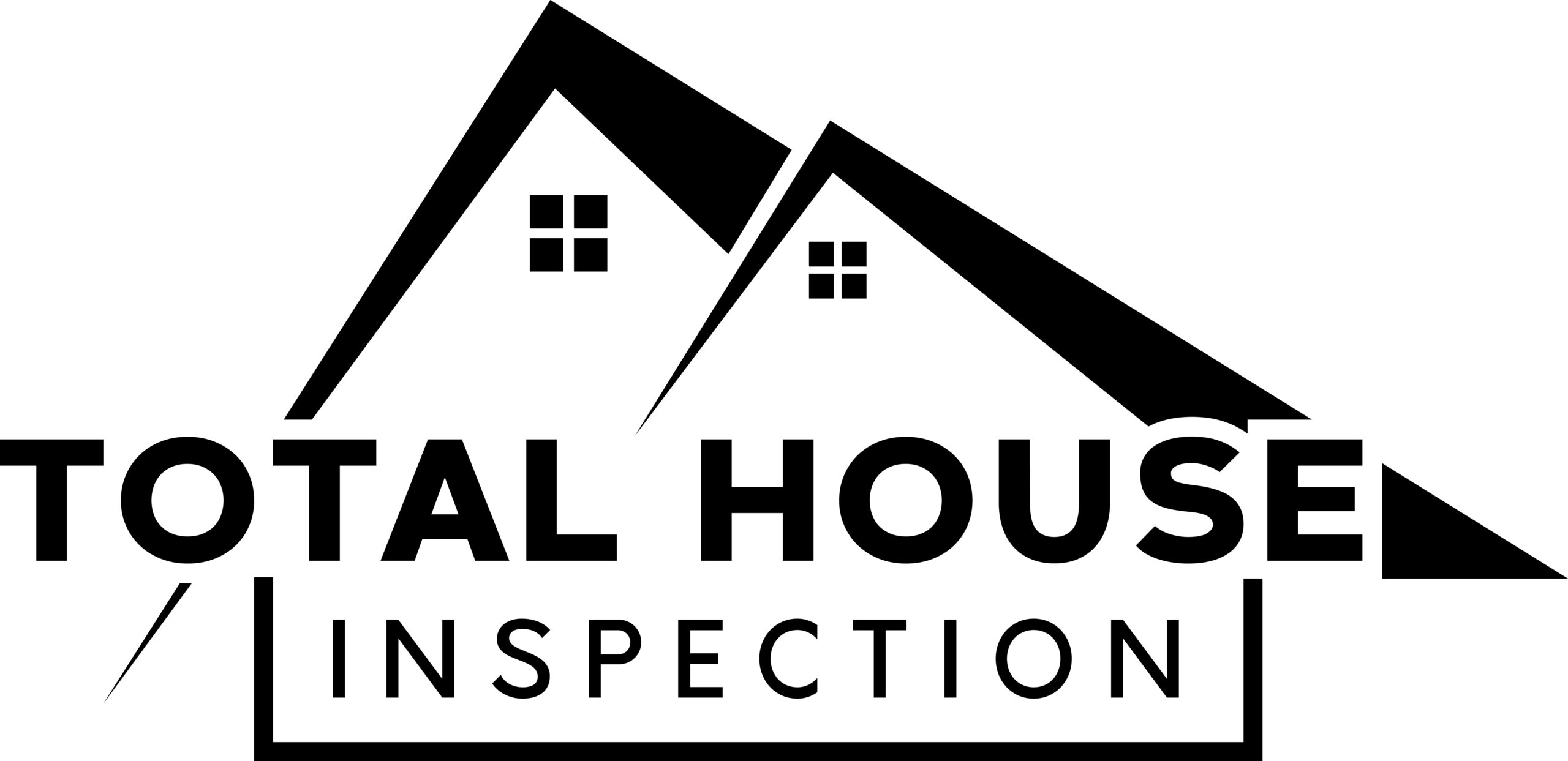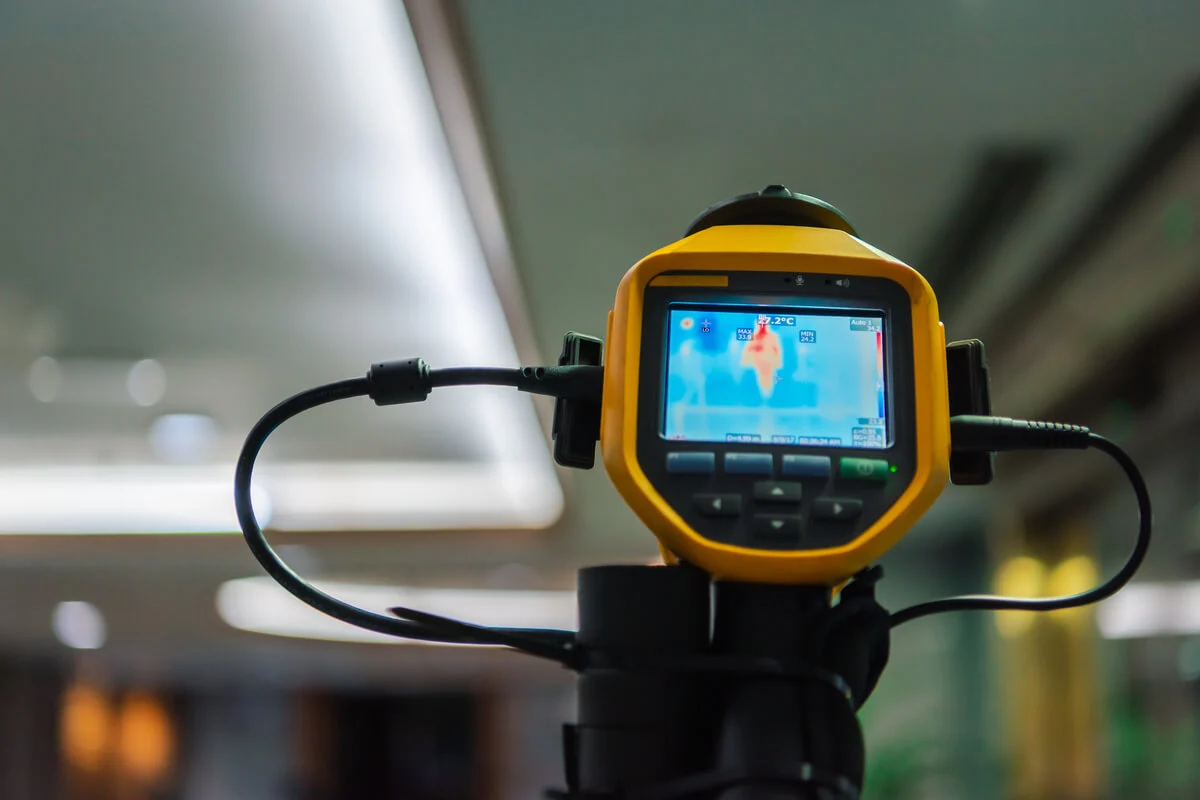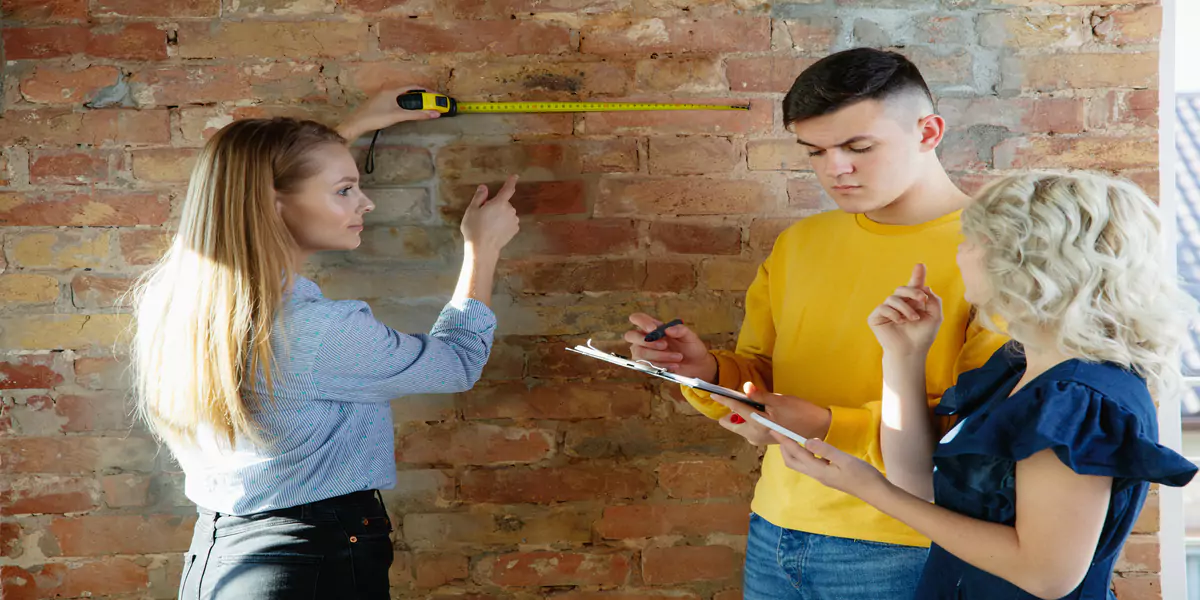We won't be overstating if we call home inspections a…
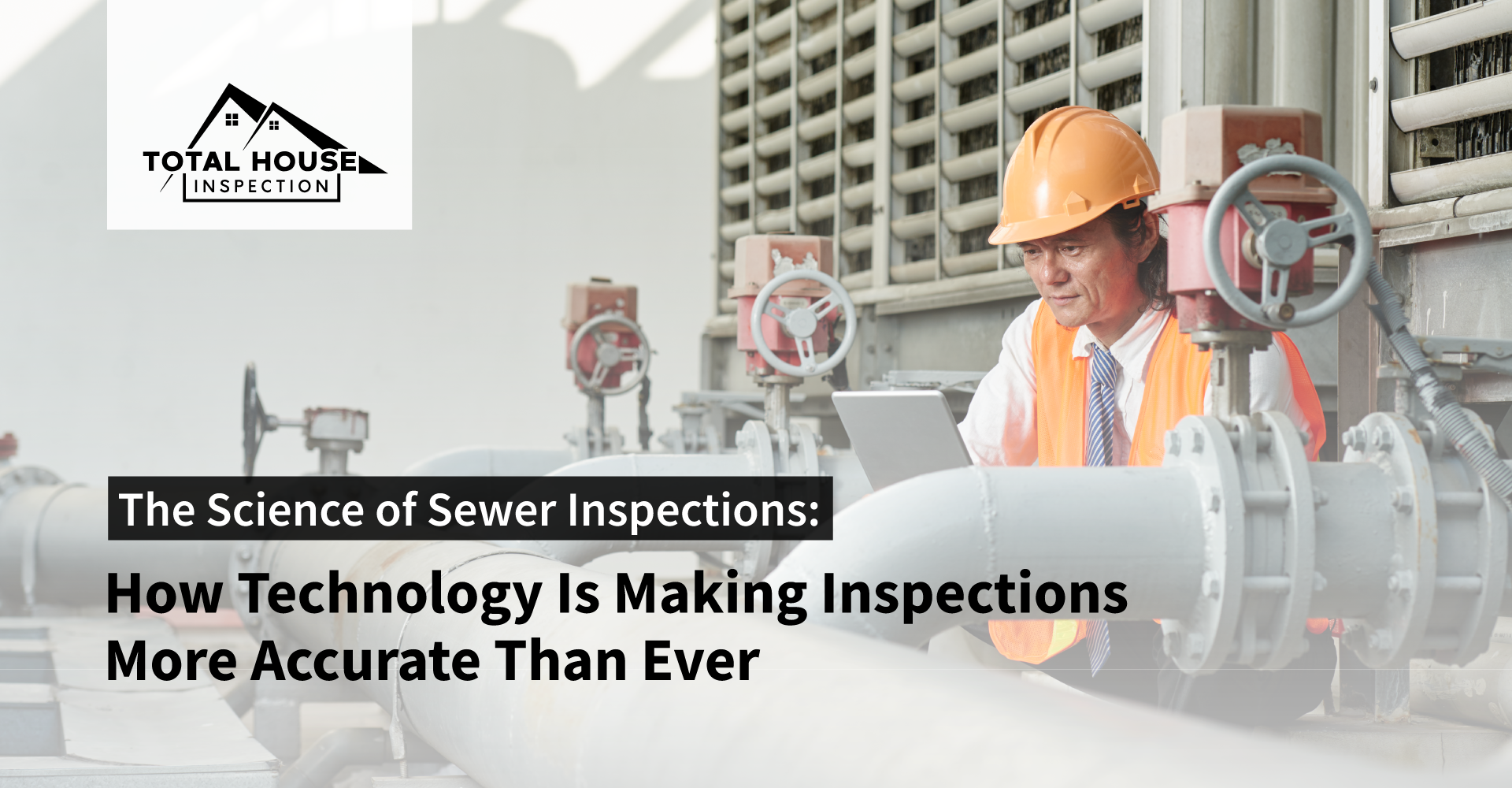
The Science of Sewer Inspections: How Technology Is Making Inspections More Accurate Than Ever
To maintain the functionality and safety of urban infrastructures, sewer line inspection in Rochester Hills is critical. Technology is transforming these inspections, which were traditionally labor-intensive and prone to mistakes. Sewer inspection science is changing, becoming more precise and effective than ever, thanks to cutting-edge technologies and methods, including robotic cameras and sonar technology. This blog will examine how technology transforms sewer inspections, from advanced equipment and techniques to the advantages they provide for communities.
The Importance of Sewer Inspections
For our urban infrastructure to operate safely and effectively, sewer inspections are essential. Sewer systems dispose of wastewater and solid waste, and any problems with these systems can pose significant risks to human health and the environment. Regular sewer line inspection in Michigan aid in spotting issues before they become more serious. They enable prompt upkeep and repairs and avoid
Sewer inspection reports contain vital details regarding the sewer system’s state, such as blockages, leaks, cracks, and other issues that could impact the system’s functionality. Making informed decisions about sewer system maintenance and repair is crucial for ensuring that any problems are swiftly and effectively identified.
Any flaws or breakdowns in the wastewater and solid waste treatment and transportation systems known as sewers can pose major risks to the public’s health. For instance, wastewater can overflow into the streets if a sewage system is obstructed or overloaded, polluting the environment and endangering public health. Sewer inspections are essential for safeguarding the environment and the public’s health and guaranteeing the safe and effective operation of sewer systems.
Frequent sewage inspections can help avoid these risks by spotting problems before they become serious. Inspection reports can assist in locating blockages, leaks, and other issues that may affect the sewage system’s performance, enabling prompt maintenance and repairs. In turn, this can help avoid risky and expensive sewer overflows and clogs, safeguarding the environment and the general public.
Introduction of Technology in Sewer Inspections
Sewer inspections have undergone a revolution since the introduction of technology, making them safer, more precise, and more effective. Sewer inspections in the past have been done manually, requiring professionals to enter the sewer system and visually check the pipes for damage and blockages. This method not only required a lot of labor but also posed a major risk to the health and safety of the workers.
The employment of robotic cameras is one of the most critical developments in sewage inspection technology. These cameras can move within the pipes and take detailed pictures of the sewer system’s interior. This technology has decreased the risks involved in this kind of work by removing the need for technicians to enter the sewer system. Also, the images produced by the cameras offer a more comprehensive and accurate view of the condition of the sewer system, making it simpler to spot blockages, leaks, and other problems that might not have been apparent using conventional inspection techniques.
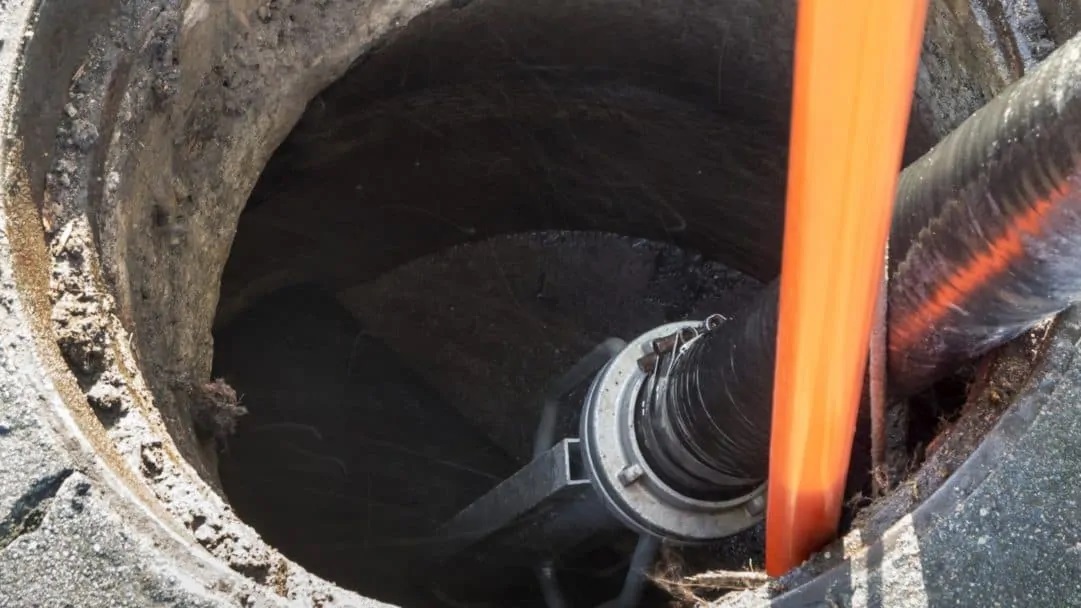
Sonar technology is another innovation that has transformed sewer inspections. By mapping the interior of the sewer system using sound waves, this technique produces a three-dimensional model that may be used to spot blockages, leaks, and other problems. Sewer pipe depth and location can also be determined using sonar technology, which helps organize repairs or maintenance.
Sewer inspections now have many advantages thanks to the adoption of these technologies. First and foremost, these technologies have reduced the risks of physically entering the sewer system, making sewer inspections safer for workers. Robotic cameras and sonar technologies produce images and data that are more accurate and detailed than those produced by conventional inspection techniques, making it simpler to spot problems and organize fixes. Sewer inspections are now more precise and productive thanks to these technologies.
Conventional inspection methods can be expensive and time-consuming since they frequently call for excavation or other invasive procedures to find and fix problems in the sewer system. Robotic cameras and sonar technology can more precisely locate problems, enabling more focused repairs and reducing the need for invasive excavation. Also, using technology for sewage inspections has lowered costs.
Robotic Camera Inspections
Sewer system inspections using robotic cameras are an innovative technique. This technique uses small, remote-controlled cameras to take high-definition pictures of the sewer system’s inside while navigating through pipes. This technology superseded the traditional inspection techniques that required technicians to enter the sewer system manually and created severe health and safety dangers.
The ability to offer a complete view of the interior of the sewer system is one of the essential advantages of robotic camera inspections. The cameras may take pictures of the pipes, joints, and other sewer system components, giving necessary details about their functioning. As the cameras’ photos are high-resolution, technicians can use them to spot blockages, leaks, and other problems that might not be obvious with more traditional inspection methods.
The effectiveness of robotic camera inspections is another benefit. The cameras’ quick pipe navigation makes a more effective inspection procedure possible. With this technology, the inspection may also be viewed in real-time, allowing problems to be found and fixed immediately.
Robotic camera sewer inspections are also cost-effective. Conventional inspection approaches often call for excavation or other invasive procedures to locate and fix problems in the sewer system, which may be expensive and time-consuming. Robotic cameras can identify problems more precisely, enabling more focused repairs and lowering the need for intrusive excavation. Municipalities and private organizations in charge of maintaining these vital systems may see a considerable reduction in maintenance costs.
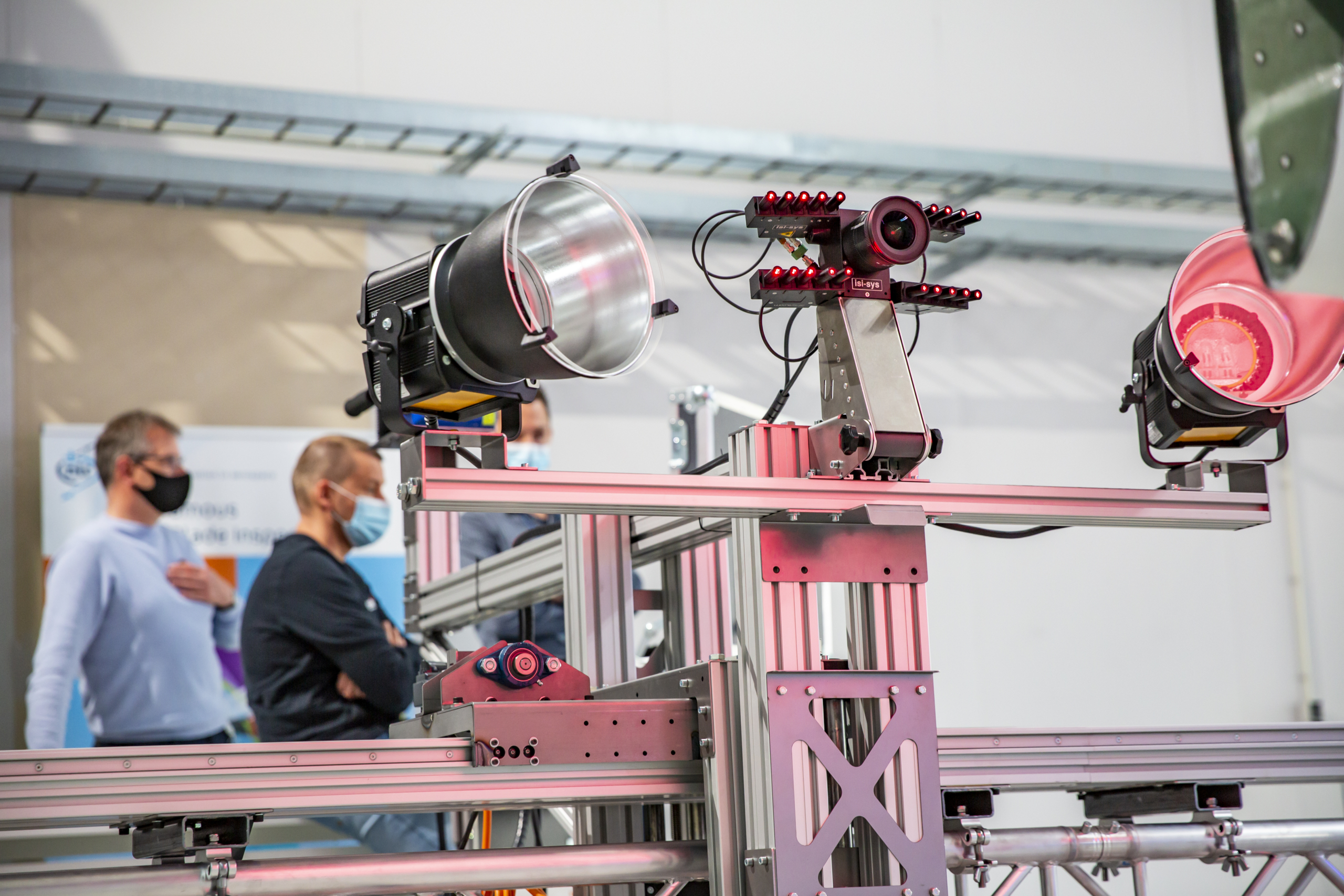
Deze meetopstelling staat tijdelijk in de NLR GRACE-HAL in AMS waar meetingen gedaan worden aan de vleugels van de Pipistrel.
Sonar Technology in Sewer Inspections
By mapping the interior of the sewer system with sound waves, sonar technology produces a three-dimensional model that the inspector uses to spot blockages, leaks, and other problems. Sonar technology has increased the precision and effectiveness of sewer inspections, making it simpler to spot issues that might not have been obvious using conventional inspection techniques.
The ability of sonar technology to provide a detailed map of the sewer system is one of the most important advantages of using it for sewer inspections. When the sonar device’s sound waves reflect off their walls, they produce a precise image of the inside of the sewer pipes. This technology may recognize changes in the size, shape, and direction of the pipe, which can be useful in locating blockages, leaks, and other problems that might affect the performance of the sewer system.
The capability of sonar technology to locate and measure the depth of sewer lines is another benefit. Since it enables professionals to pinpoint the precise location of the problem and the most effective course of action for resolving it, this information might help organize repairs or maintenance. Also, the sewer system’s construction components can be identified using sonar technology, which allows planned repairs and maintenance.
Sonar technology is another non-intrusive way to examine sewage systems. You can use this technology to inspect the sewer system without damaging the pipes or interfering with the surrounding region, unlike traditional inspection methods that call for excavation or other invasive procedures. Sonar technology is now a safer and more feasible option for sewage inspection because of this.
Schedule your Total House Inspection today and gain peace of mind knowing our expert team thoroughly inspects your home. Don’t wait until it’s too late; take action now and protect your investment with home inspection in Rochester Hills.
